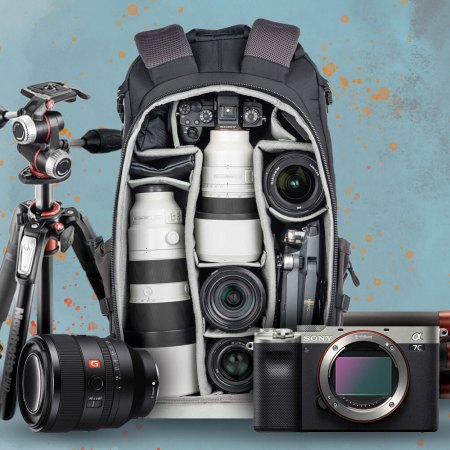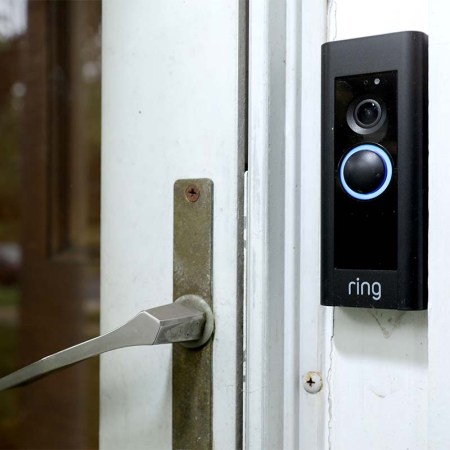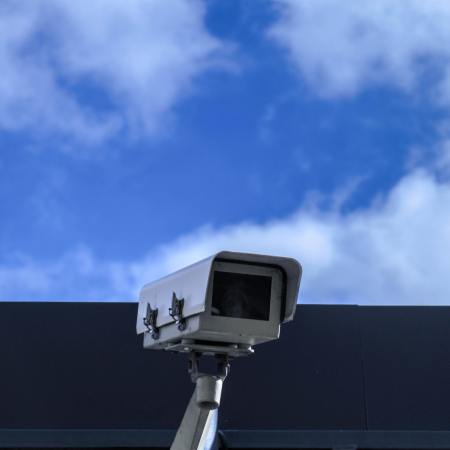The first Polaroid instant camera was introduced on February 21, 1947. And yet — perhaps miraculously — the instant camera is back in vogue again, and the various companies that make one are jockeying for market position as if had been invented yesterday.
How? Simple: they’ve gone digital. While point-and-shoots struggle to find their footing in a smartphone-run world, camera companies like Fuji and Polaroid have found a profitable solution: smash the two worlds together. Polaroid has the Snap and newer Pop, which both tap into the digital/print hybrid craze. FujiFilm is not far behind with the release of the slick Fuji Instax Share SP-3.
For years, these two companies have been leading the charge in offering the best of both worlds.
And then there’s Kodak.
The company released its first instant-print camera, the Kodak Printomatic, in September of this year, two years after the Polaroid Snap. And they’ve followed it up with the Kodak Mini Shot — essentially the same camera, just Bluetooth-enabled.
But here’s the thing: unlike smartphones, instant-print cameras have a peak. Every camera presented here offers the same thing: a very basic point-and-shoot 10 megapixel camera that can print photos on adhesive-backed paper. At a certain point, your choice comes down to aesthetic preference.
Which is why just can’t get behind Kodak’s late foray into the game. Nostalgia for the brand alone can’t sell cameras.
Our advice? Go full analog — the Polaroid OneStep 2. Because some things are best left untouched.
This article was featured in the InsideHook newsletter. Sign up now.























